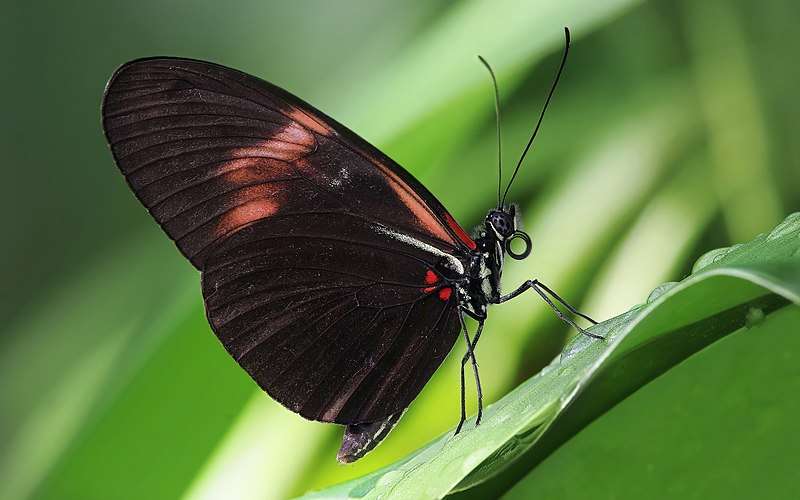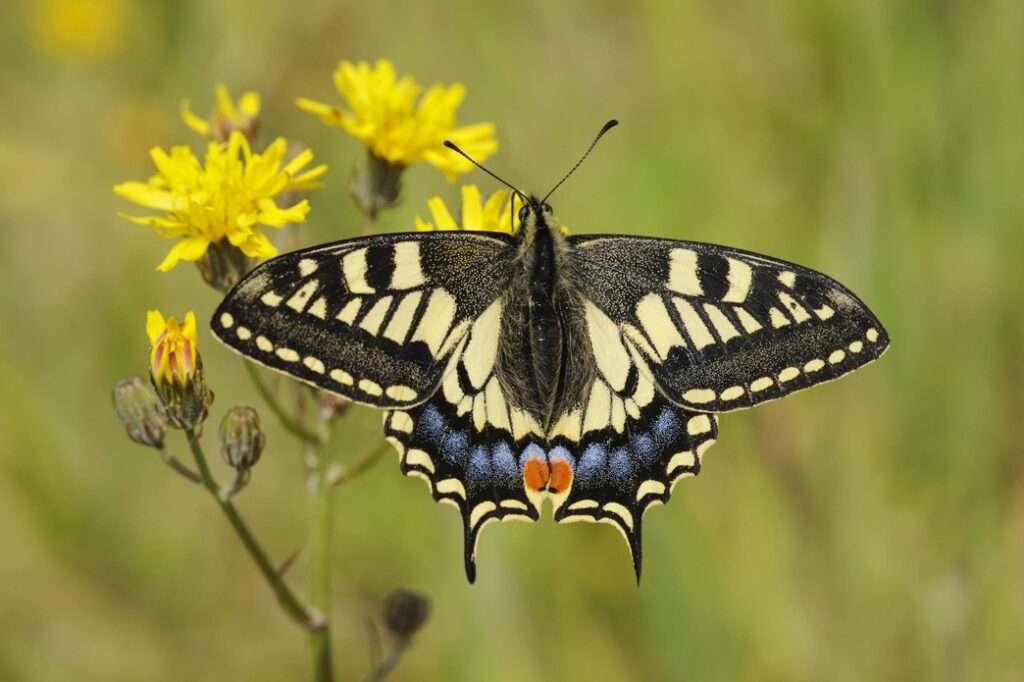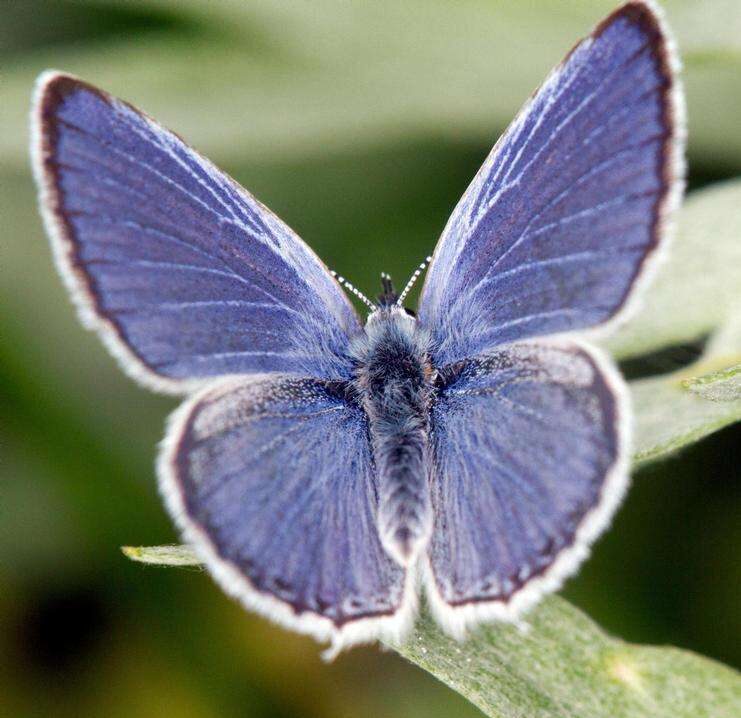
The postman butterfly, often known as the common postman or just postman, is a vividly colored butterfly that may be found all over Central and South America. Carl Linnaeus originally discussed it in his Systema Naturae, 10th edition, published in 1758.
Amazing Facts
- As a protection against potential predators, the caterpillars store the toxins from the passion flower vines they consume, which stay in their bodies as adults.
- Given their bad taste, they barely have any natural predators.
- Most species of the Heliconius genus are among the longest-living butterflies, with an average lifespan of at least 6 months.
- The curled pupa deceives any potential adversaries by appearing to be a dry, dead leaf hanging from a tree branch.
Appearance
With striking red/orange, yellow or white stripes on the forewings and occasionally the hindwings, the fundamental body color is black. On each forewing, there may be a single red vertical band, though certain subspecies may have red blotches rather than a band. The hindwings may contain a vertical white stripe or may be totally black.

Diet
Numerous Heliconius species have been noted to consume both pollen and nectar, in contrast to the majority of other butterfly species. It was formerly believed that the pollen could only be digested by the butterfly once it was soaked in honey after ingestion; however, the precise method by which the butterfly digests the pollen is unknown.
Predation
Due to their bad taste, they barely have any natural predators. Most species of the Heliconius genus are among the longest-living butterflies, with an average lifespan of at least 6 months. The curled pupa deceives any potential adversaries by appearing to be a dry, dead leaf hanging from a tree branch.
Habitat
From Central America through South America, Heliconius melpomene can be found in a variety of habitats, but is most prevalent on the Andes mountain ranges. Although it can also be found close to the banks of rivers and streams, it prefers open land and forest edges.
Table





